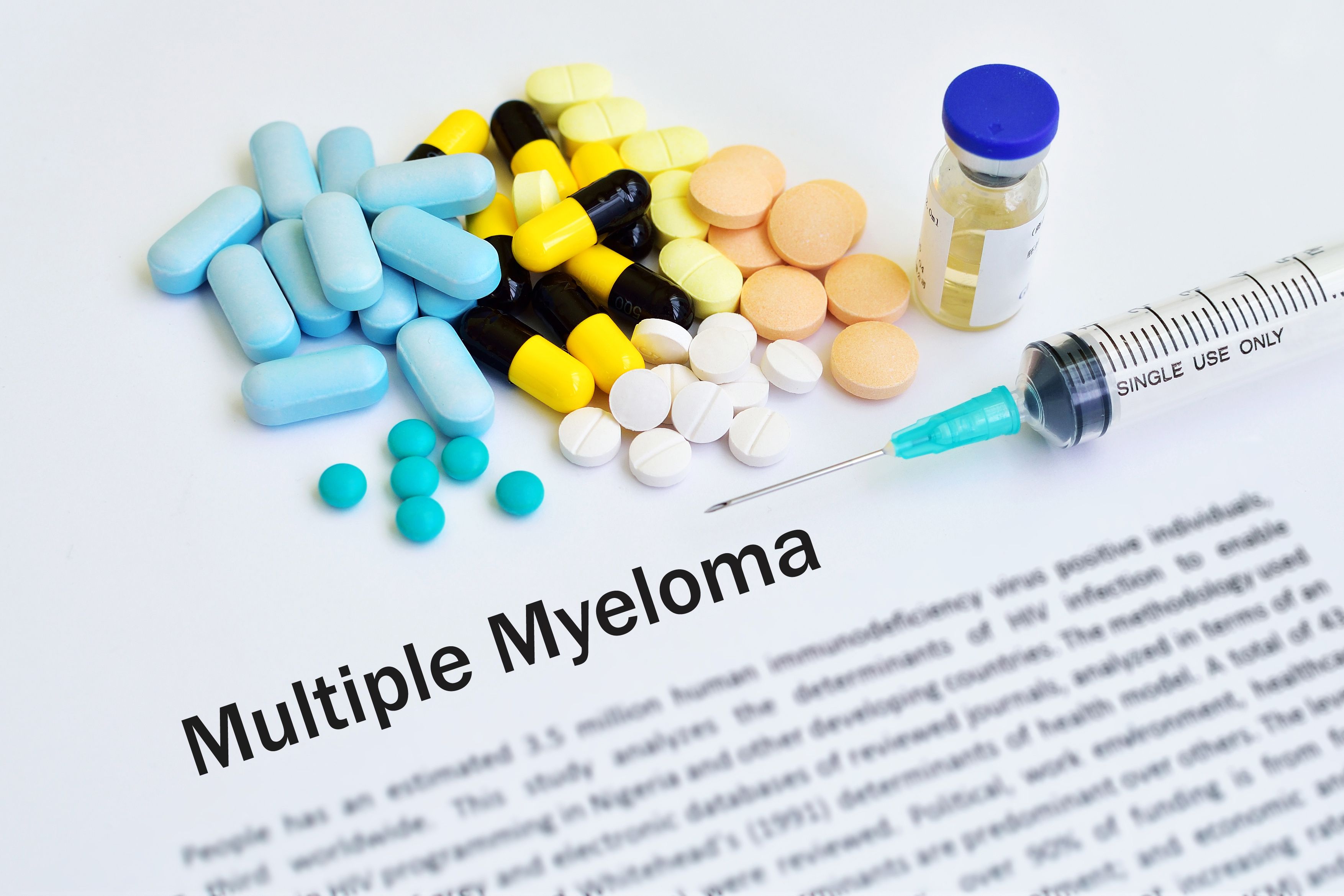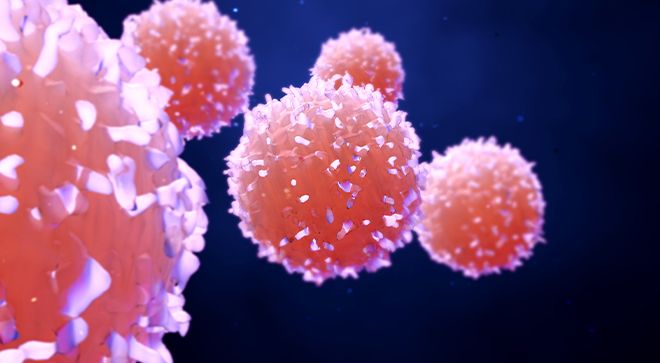Video
Treating, Monitoring and Understanding Myeloma Precursors, MGUS and Smoldering Myeloma
As a part of its “Speaking Out” video series, on behalf of the International Myeloma Foundation, CURE® spoke with their chief medical officer, Dr. Joseph Mikhael about the precursors to multiple myeloma, MGUS and smoldering myeloma.
Transcription: Colleen Moretti: Can you explained what MGUS and smoldering myeloma are and what that really means for patients?
Dr. Joseph Mikhael: When we think of multiple myeloma as being a cancer of the plasma cells that live in the bone marrow, those are the cells that normally make our antibodies. Like with many other cancers, there are what we sometimes call pre cursor conditions or things that preexist in a patient before they develop true myeloma. And we have really sort of three categories.
The first category is called MGUS or monoclonal gammopathy of undetermined significance — you can see why we call it MGUS for short. And that's a phenomenon that is actually incredibly common. Five percent of all people over the age of 40 will have this if we look for it. And it just means that they have a little bit of an abnormal protein in their blood, but it's at such a low level that we really don't do anything about it apart from monitor.
In the middle we have what's called smoldering multiple myeloma. Smoldering multiple myeloma means that there's more than just a little bit of the protein. In fact, it is grown at a level that technically meets criteria for myeloma by virtue of the fact that there are enough of those bad plasma cells living in the bone marrow to be called myeloma. But we still call it smoldering because even then, it may not grow into the third category — which is true active, multiple myeloma. So, these become really important because right now we typically only monitor patients with those pre myeloma conditions, as opposed to treating active multiple myeloma.
Moretti: How is it monitored or treated?
Mikhael: I think that's a really important phenomenon. This is an evolving thing in the world of myeloma as we understand the science of myeloma better, we make these categories more clearly defined, and that's one of the reasons why myeloma research is so important. For that first category of monoclonal gammopathy of undetermined significance, or MGUS, we typically monitor those patients with blood tests and a visit with a health care team, typically one to two times a year because the risk of it going into true myeloma is only about 1% to 2% (in a) year so we don't have to monitor that as closely. For those who have smoldering myeloma, we tend to monitor a little bit more closely, three to four times a year. Now, sometimes when someone is at the, if you will the end of the spectrum of smoldering myeloma, you know there isn't an absolute beautiful clear line between smoldering myeloma and active myeloma. There has been a lot of work and research just looking at whether or not we need to treat those patients. And so sometimes if someone's getting really close to the line, we might say, “Oh, we should really treat you like active myeloma,” even though they're formally in the smoldering phase. And we're doing a lot of clinical trials now to understand where should we draw that line carefully.
Moretti: Will every patient who has MGUS or smoldering myeloma progress to active multiple myeloma? Is there a way to prevent that?
Mikhael: The reality is the overwhelming majority of people with MGUS actually will never develop multiple myeloma. And that's really reassuring but important because we do have to follow that fraction of patients that do development. There's a higher percentage of people, around half at least of patients with smoldering myeloma will develop active myeloma. But not everyone, of course. Now, interestingly, if you look at the other way, everybody who has active myeloma likely had a preceding MGUS and smoldering phase, but it doesn't mean that everybody who has this pre myeloma condition whole develop it.
Prevention is such an important topic and unfortunately, the short answer is really we don't know how to prevent it. We're still studying and trying to understand why that small fraction of patients do develop active myeloma we know that watching it becomes really important so we can intervene earlier. We know in cancer in general, it's always better to catch a disease earlier than later. But right now, we don't have any explicit strategy to prevent that progression, as we call it, from MGUS to smoldering to act upon.
Moretti: How is it determined that MGUS or smoldering myeloma has progressed to active myeloma?
Mikhael: Myeloma is a complicated disease. I often say it's like a crime scene. Unfortunately, there isn't one specific blood test or piece of evidence that tells you the whole story. But the majority of the story is told in a series of blood tests where we look at that protein, sometimes called the M protein, the monoclonal protein. We look at the light chains, we look at people's other regular blood work to see if it's effective. And so, when people unfortunately progress from MGUS to smoldering to active myeloma, the bad protein grows, and it starts to affect our good blood. When in fact, unfortunately, it really goes to active myeloma, which we try to catch in time, we can start to damage the bone, we can start to damage the kidneys and people can feel symptomatic from it. And that's why it is so important to monitor it so that we can see when the disease … before it reaches the point that it actually hurts the patient and affects their symptoms and their organs because we want to catch it earlier as much as possible. And so that's one of the reasons why we monitor so closely and why we've defined myeloma as not just having some of those abnormal cells or the abnormal protein, but being in a level that it is going to start to if not already damaging the body.




